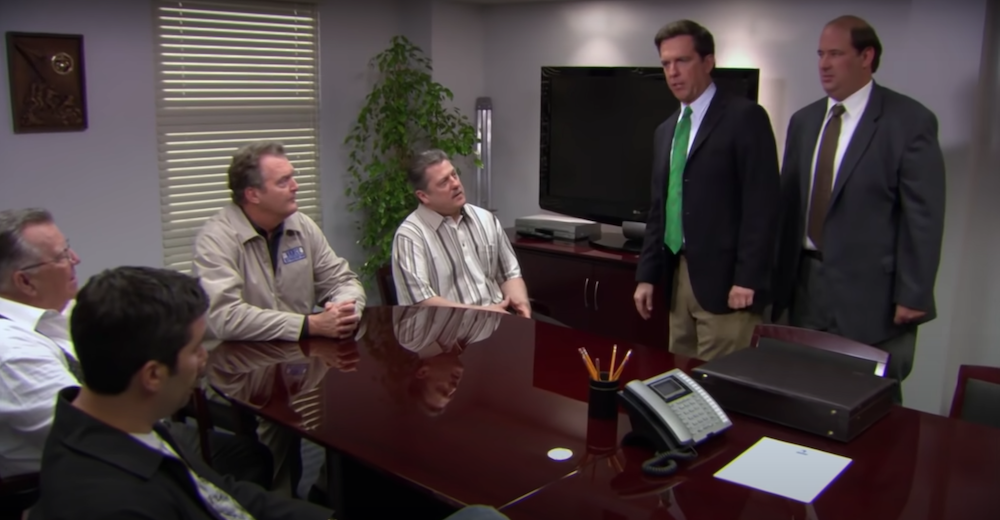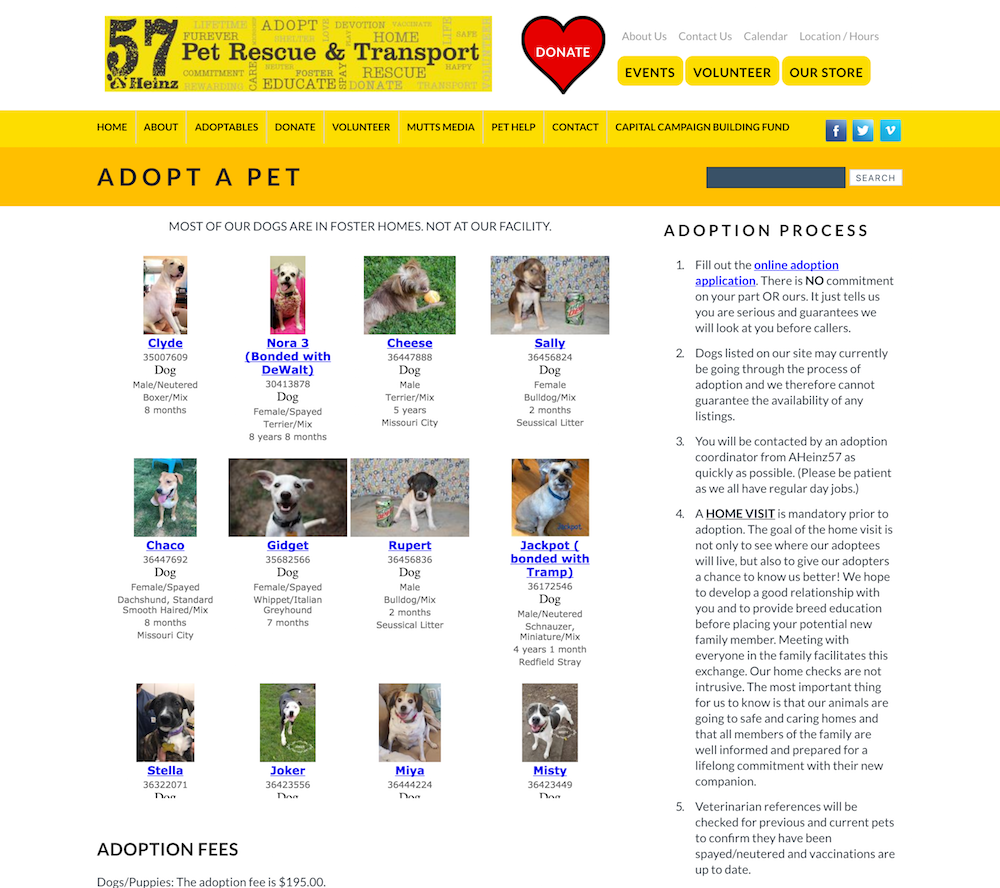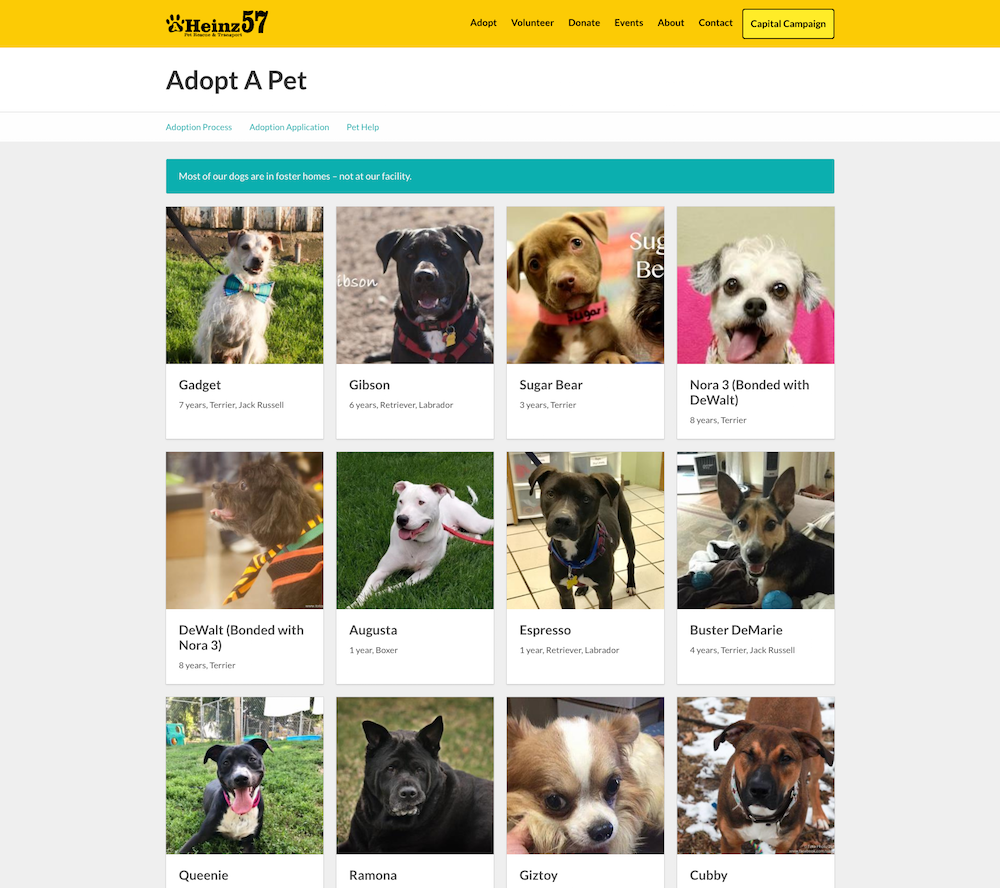Being successful in project management doesn’t come with a rulebook to follow. In fact, it’s quite the opposite. While there are standard duties and practices project managers follow in their roles, it’s about finding a PM style that works for you and your team, and then repeating what works. You’ll try out some things with great success, and then you introduce some things that flunk so hard you’re debating whether this is really what you’re meant to do. Those days can seem like the worst, but they are really important to help you grow.
When you’re new to an organization or just starting a new project in general, it’s nice to have some ideas in your back pocket to hit the ground running. I thought I’d share 5 ways you can surprise your team (in a good way) as a PM.
- Pad the timeline. This may seem simple to do at the start of a project, but you have to work it in strategically. Once you know the due date you must deliver, you’ll work in an internal deadline at least a couple days before (maybe even a week). This internal deadline is the one you share with your team. If they make this deadline – great! You can fine tune and make any final tweaks before submitting the work. If it’s crunch time and the sweat is starting to drip, you’ll grace the team with a couple extra days to wrap up. Look how good you are at forecasting.
Another benefit to padding the timeline is being able to over deliver and make your team look good to stakeholders. You’ll keep things ahead of schedule and eyeballs will only see green!
- End meetings early. Don’t you hate it when your day is back-to-back meetings? We’ve all been there, whether it’s a meeting heavy day or workweek. But as a PM, a simple thing you can do is try your best to end meetings early. Do this as often as possible in order to give your team breaks between what’s next on their calendars. Now, don’t cut out important topics just to cut out early – that’s not what I’m saying here. But keep your meetings efficient and agenda driven, and you’ll have some happy faces that don’t see you extending a meeting just to last the entire hour.
- Only schedule meetings when you need them.

“We could have done this over email.”
This is another important rule of meetings – just schedule what you need. If it’s really just a touch base, you don’t need an hour. Honestly, you could probably cover what you need in 15 to 20 minutes. But if it makes you feel better, you can book a 30 minute meeting. Find ways to take things offline as well. Can you open a Slack channel for your stand-up? Is your really quick question actually a good one for email or instant message?
Meeting attendees have to be selective when it comes to their calendars. A good tip I got at a leadership conference was to work on reducing my meeting times by half when possible. If I was booked for an hour, could we cover it in 30 minutes? Letting people know what time I had to give helped them restructure their meetings and cover items over email or IM when possible.
- Take feedback early and often. A retrospective doesn’t have to just be at the end of a project. It can happen after every major milestone, or halfway through. Take time to set these up to hear from your team. This is their chance to offer feedback for the group, and to make adjustments along the way.
If you’re really looking inward, consider setting up a survey to obtain feedback for yourself. While this can seem scary to ask people to rate your performance, you need this to grow. And your team is going to look up to you even more knowing you’re going to take that feedback and find ways to improve.
- Be reasonable and realistic 100% of the time. There’s no better way to piss off your team members than to set unreasonable deadlines for them. Being cognizant of what people have going on at work and outside of work is important. A seasoned PM is skilled at estimating levels of effort for project work. Take this skill and set deadlines, goals and commitments that are realistic. Setting people up to fail shouldn’t be in your vocabulary. Set them up for success and then hold them to it.
Let’s face it – every project manager wants to make a good impression on their team. It’s nice to be liked! You’ll need to give yourself time to find what works: what your PM style is, and how that works for your team. Don’t be surprised if this changes project to project (or team to team). PMs have to be agile and open to change no matter what. Take these tips and see how they work for your next gig.






















